Why horror games need to quit killing us
Or find new ways to deal with death.
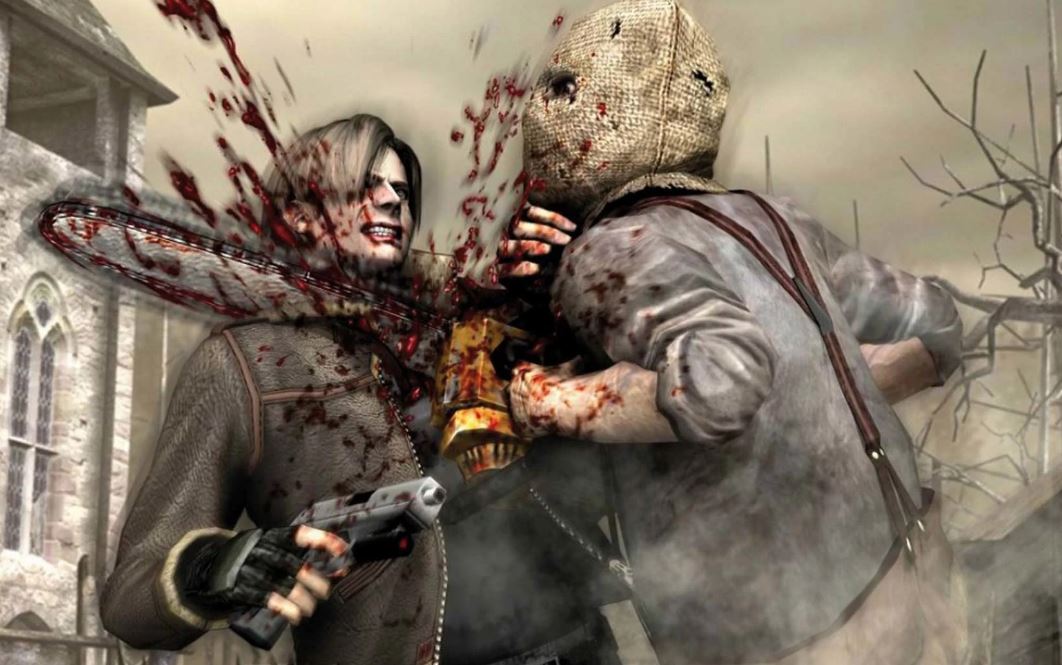
I really don’t want to die. Someday I will, though, and it will probably suck. I worry about drowning, being burned alive, bears having me for dinner (it happens where I’m from), or tripping and bashing my head open on a gumball machine—and most popular horror games are good at turning those fears, other than the gumball one, into palpable threats. But in focusing so much on depicting the act of dying, they ignore why I’m scared of dying.
Games are good at delivering terror. They specialize in the apprehension that precedes an awful revelation. But once you’ve died, which is the horrific revelation part, suddenly there’s no longer anything to anticipate, and therefore nothing to be terrified of. Death becomes a certainty, and in traditional try-again games, it’s making the experience far less scary than it could be.
In my review of Outlast 2, I said that its “commitment to building such a disorienting horror simulation is as admirable as it is annoying.” Most scenes take about five deaths to figure out. Five deaths is enough to see a monster, learn its simple AI routine, and memorize your escape route as well as your walk home from work. Since you know that finishing the game requires staying alive until the end, the overarching narrative tension also loses strength. And because you can die and restart at the last checkpoint, those spooky punches lose more of their sting with each attempt. Sure, sometimes you’ll get a grisly animation, and if getting your dick split in half over and over can sustain your interest here into oblivion, great. But even Resident Evil 7, which starts off with some of the best innovations in horror game history, falls into the same shoot or hide or die death trap over time.
Popular horror games in the same style know how to tap into fleeting dick-splitting fears and often confront deeper psychological fears in their overarching themes, but the threat of death and repetition is still the dull captain steering the tension. It’s about time they stop trying so hard to kill us.
Death to death
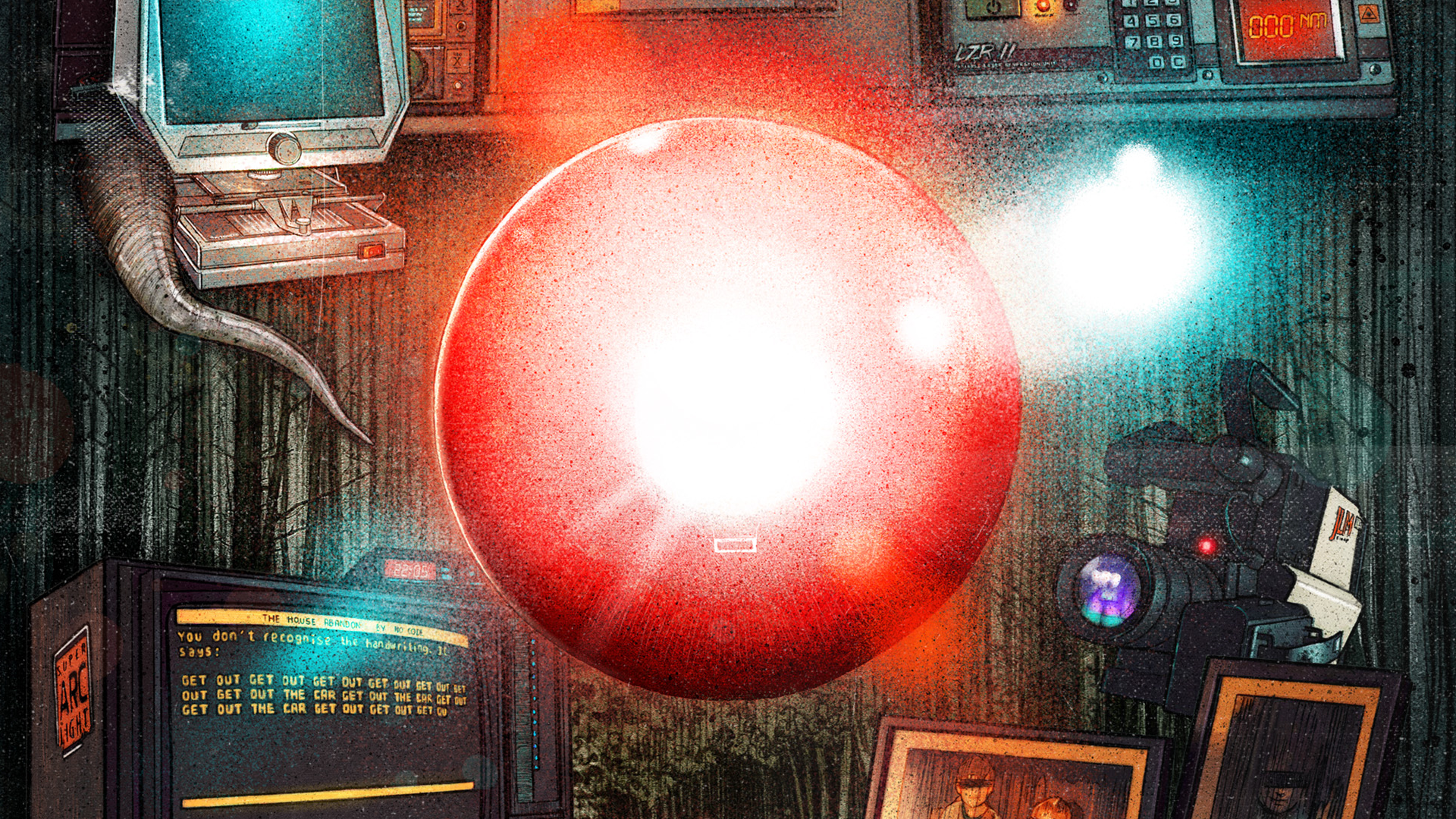
Anatomy, and nearly everything from KittyHorrorShow, uses the conventions of game design and weird geometry to scare. And Stories Untold builds terror by creating a more direct connection between the player and their PC, using familiar computer interfaces as settings for some spooky happenings.
Death has always been games' most popular punishment. You can fail to perform a task and in the fiction of the world, die. Bummer! Back to the last checkpoint. Threatening the player with lost time through death is an easy way to build tension, but the tension is entirely detached from the fiction. There’s no time to focus on the monsters chasing us.
During my second playthrough of Frictional Games' SOMA, I installed a mod called “Wuss Mode” that turns off predatory enemy AI. Instead of sneaking around the monsters, I got to know them—and yeah, I know what it sounds like. I watched them lumber around each environment like blind dogs. I didn’t feel physically threatened, but in observing the creatures, I started to sympathize with them. Like Frankenstein's monster, they were only dangerous in appearance, fearsome only in their most recognizable human qualities. What were they thinking? Why were they thinking? I had time to consider SOMA’s headier themes on what it means to be alive, to be a human. I was fine the first time I played it, but without obligatory videogame baddies shoving me through the experience, I soaked it in like a good novel, pausing on moving passages at will.
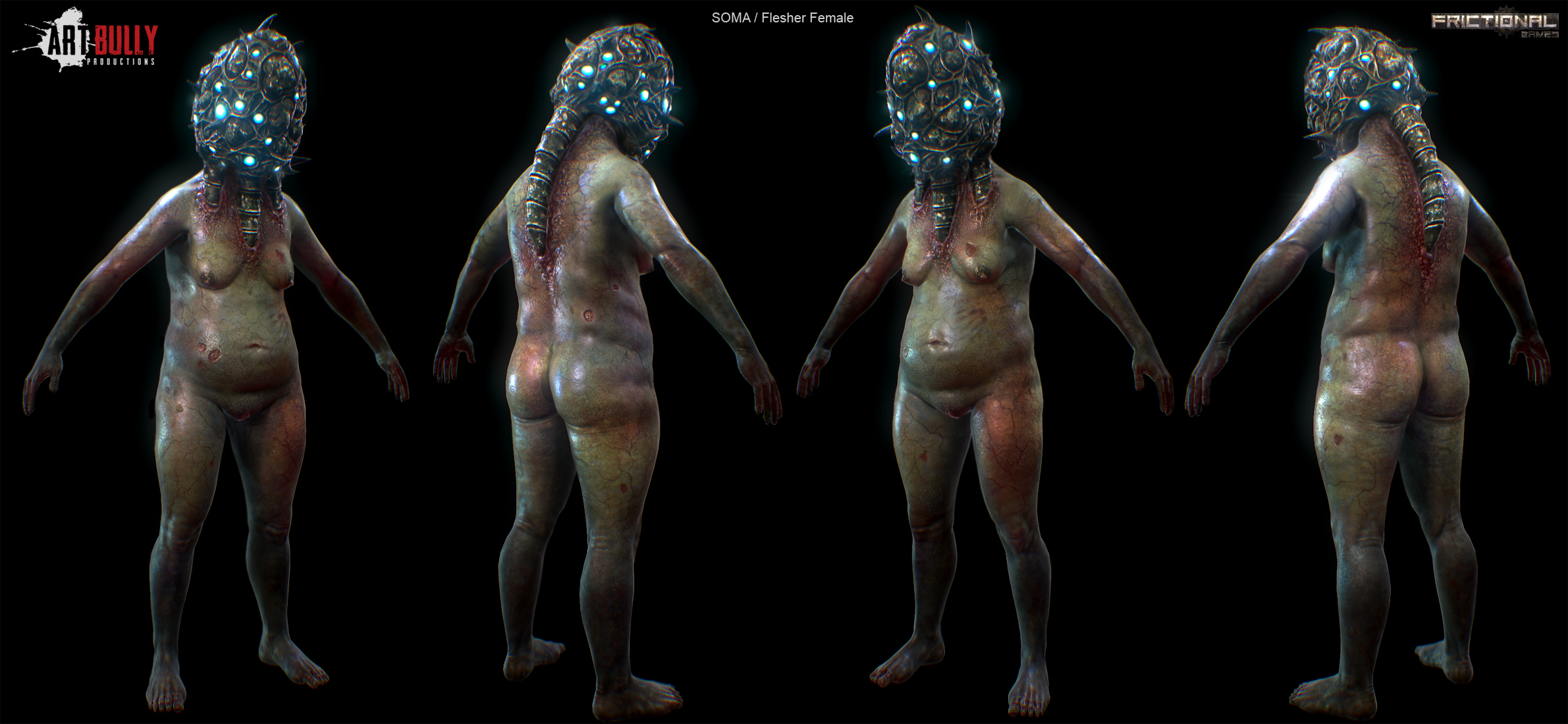
I still felt scared, not because I was being bludgeoned with a biomechanical arm, but because because I was confronted with some awful, scary truths about the nature of life. There’s terror in the build up towards a horrific revelation in finding out what the monsters represent, and uninterrupted time to reflect those ideas back onto myself. Consciousness, man. What even is that stuff? Hell if I know. And that’s scary enough. Some of the best horror games are built around the same idea, of producing horror without death as a system.
The biggest gaming news, reviews and hardware deals
Keep up to date with the most important stories and the best deals, as picked by the PC Gamer team.
But some just want to be schlocky fun, a ride through some spooks and gore and dim hallways. That’s all good and wholesome, but the issue remains: death and repetition are still a tedious, emotional dead end. If they’re a necessary part of the experience, how can games sustain interest and scares five attempts in?
Systems make great painkillers
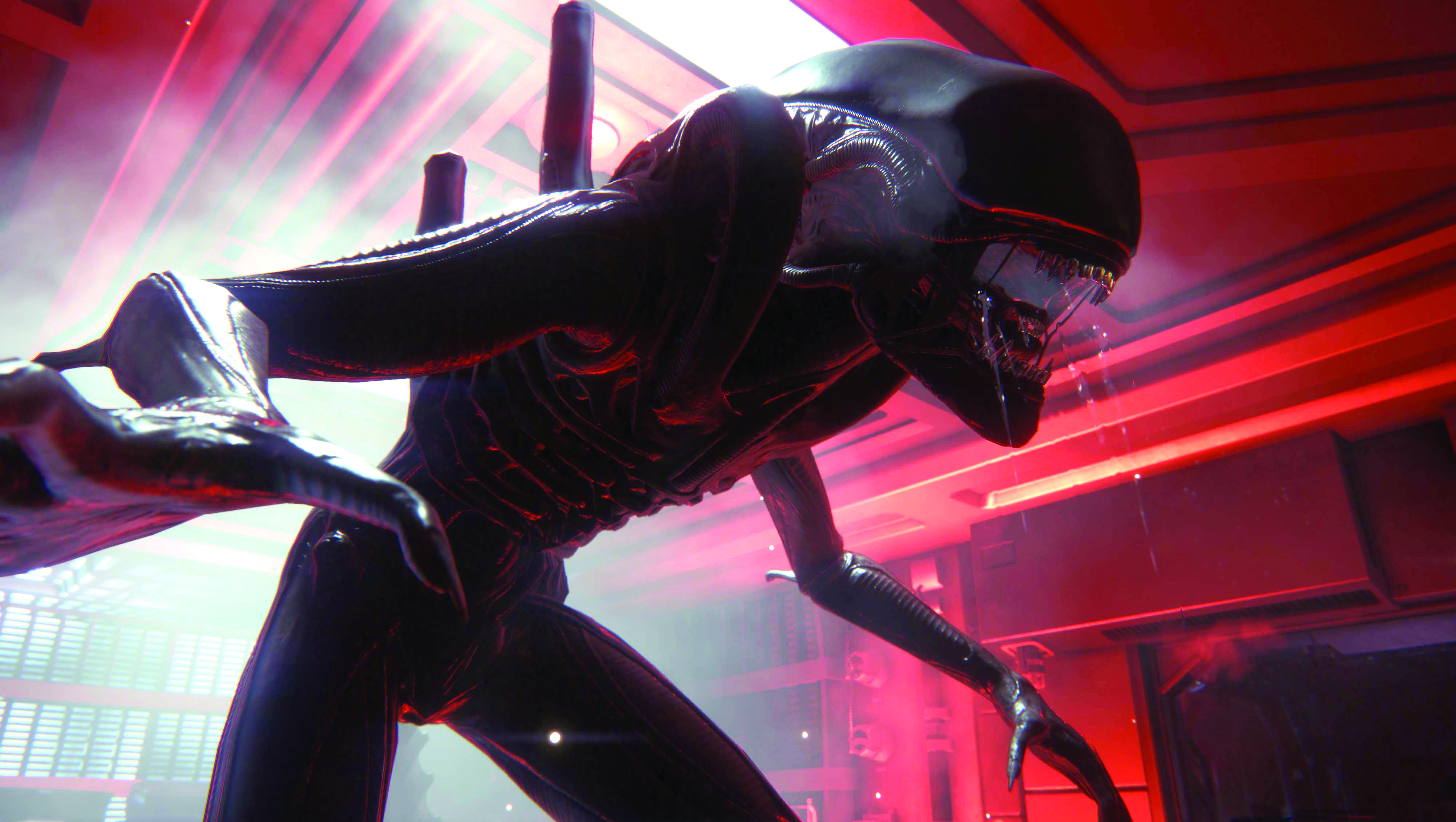
Paired with a punishing save system and a complex AI, the alien from Alien: Isolation is a true terror, but not very horrifying. Its scariest power is the ability to kill me and send me back 10 minutes.
What games like Outlast 2 and Amnesia get wrong is often cited as their boldest design choice: putting limitations on or completely removing combat. I don’t mean to say that I want to kill every enemy in those games, but restricting players to a tiny set of interactions is also a good way to stunt their creativity. If the enemies are on full alert and I’m stuck hiding, I only have two primary options: sneak or run. Chances are I’ll die doing both, and I’ll need to make several attempts to learn patrol routes or where to sprint next to trigger a checkpoint.
I can’t pick up an errant plank and bash a cultist over the head with it or grab a torch and light an oil drum on fire as a distraction—there’s no incentive to being clever and terror only works if you don’t know where the boogeyman is hiding. But as opposed to one right way and one wrong way to navigate an area, taking a more systems-driven approach to horror game design can give you a dozen ways to get through with style, 10 ways to barely scrape by, and countless ways to screw up and die.
In Dishonored 2, if I’m backed into a corner, I can still improvise an escape plan. Maybe I toss a bucket to distract and then swan dive into my doppleganger from six stories up. Or possess a guard, hop to a rat, and scurry away. It’s not the perfect example because it turns the player into a clever god, but still makes me wonder what a horror version of such a system-focused game would look like.
Resident Evil 7 could feel like an unsanctioned Home Alone sequel where the burglars want to eat your face.
Imagine one that has the kind of player freedom that enables this astounding Dishonored 2 run, but instead of killing dozens of guards, you knock over a stack of books in the library to throw the monster off your tail. Then you sneak up and stab it with a broken broomstick, which permanently slows the monster down, giving you time to cover yourself in mud to hide your scent or build construct some combustible traps out of found objects in the workshop.
With that kind of systemic variety, something like Resident Evil 7 could feel like an unsanctioned Home Alone sequel where the burglars want to eat your face. I’d love nothing more than to see Jack react to a barrage of swinging paint cans to the mug.
The more options a player has to evade a threat, then the more deaths can be justifiably blamed on the lack of player ingenuity rather than narrow level design or failing to do the prescribed sprint-and-stealth dance. To be clear, the kind of systems I’m suggesting should not make the player feel more powerful than their pursuer. They just need to provide more exit routes and the chance to think creatively in desperate moments. I just want to run through a few more options before going with ‘die and try again.’ I want to feel solely responsible for my survival and I want surviving to be a new process every time.
Still, the problem of the horrific revelation remains. When the player dies and gets to try again, smart systems can make terror renewable, but what about the comedown after you see the monster? And what if it backs you into a corner, helpless? Should that be game over? If terror can be a renewable resource, then so can horror.
Variety is the spice of death
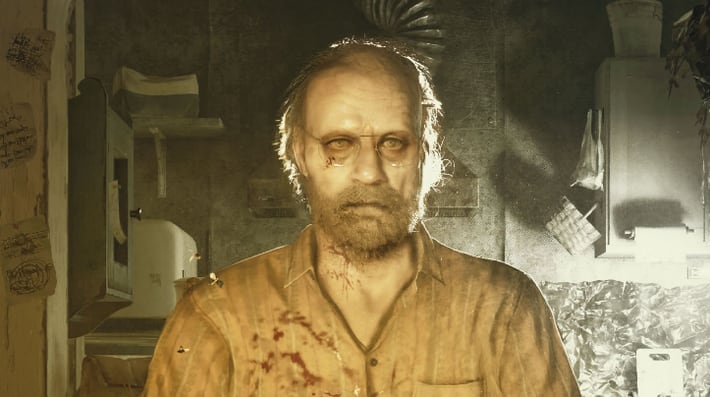
The only monster that matters in Resident Evil 7.
While I don’t consider it to be the second coming of survival horror so many do, Resident Evil 7’s first few hours house some of the best ideas for dealing with death I’ve seen in popular horror games. All videogames have the death problem, convinced that as soon as a bad guy gets you, they’ll just kill you and call it a day. A villain that just murders as quickly and efficiently as possible is a boring one.
Jack Baker, the first monster you meet in Resident Evil 7, is a more complex, charismatic dude than a tag-‘em-and-bag-‘em killer looking to just clock out for the day. He’s the kind of guy who wants to take his time. He calls out your name like a schoolyard bully, compares you to a pig and summons you for dinner, grins and laughs and stares directly at you from across the room. And he never outright sprints for you, opting for a steady, brisk walk as if your end is already assured.
When Jack does catch you, the majority of deaths end with a gruesome animation and a game over screen—the terror falls off and diminishes as we start again. But during a few specific instances, death is not the end.
Early on, Jack can corner you in a room behind the kitchen and knock you to the floor after which he chops off your leg with a shovel. You can pick up your leg and add it to your inventory, which you’ll need to do if you want to survive. And that’s the surprise, that you can survive the whole ordeal. In any other game, I’d expect to just bleed out (and you can), but Jack crosses the room, crouches, and taunts you with a bottle of healing medicine.
If you manage to crawl over and grab the bottle, you can put your leg back in place, pour some magic medicine on it, and watch it fuse back together. You put your goddamn leg back on. And then Jack slams his shovel down, let’s you know daddy’s coming, and the chase is back on.
These scenes, rare as they are, all teach the player that Jack is a true madman. They also inform you about the state of the world (and strange regenerative state of Ethan, the main character), as well as delivering a punchy horror scene. When I watched my leg fuse mend and then heard Jack coming for me again, I was terrified of him as a person and horrified of what he might be capable of. He was no longer strictly a walking game over state.
Death, like horror tropes in film, can and should be subverted in order to maintain tension before and after scares take place. Players shouldn’t be able to predict what happens before or after they shake hands with a threat, be it a monster or a man or a bunny with vampire teeth. Horror games are best when they strive to stay unfamiliar, and in adopting a familiar die-and-try-again videogame death system, they’re knocking the wind out of their scares already before anyone presses start.
For more on horror, check out list of the best horror games on PC, our list of the horror game clichés that need to stop, and our hands-on impressions of Serious Metal Detecting, which isn't a horror game but playing it is like staring into a dark mirror and feeling nothing, forever and always.
James is stuck in an endless loop, playing the Dark Souls games on repeat until Elden Ring and Silksong set him free. He's a truffle pig for indie horror and weird FPS games too, seeking out games that actively hurt to play. Otherwise he's wandering Austin, identifying mushrooms and doodling grackles.


